blog»Business Strategy»Fit for Success: 10 Marketing Strategies Powering Fitbit’s Industry Dominance

Fit for Success: 10 Marketing Strategies Powering Fitbit’s Industry Dominance
2023/11/20
You can read this article in about 23 minutes
Introduction to Fitbit: Pioneering Wellness in the Wearable Tech Revolution
In the digital age, the interconnection between technology and wellness has never been more synergistic, and at the forefront of this revolution stands Fitbit. Founded in 2007 by James Park and Eric Friedman, Fitbit embarked on a mission not just to revolutionize health and fitness through technology but to make it accessible, engaging, and integrated into the daily lives of millions.
With a user-centric design and an intuitive interface, Fitbit’s product range quickly captured the market’s attention, offering something that went beyond mere gadgets; they offered a lifestyle change. The acquisition by Google in 2021 has opened new vistas for Fitbit, hinting at an even more interconnected and AI-driven future for the brand.
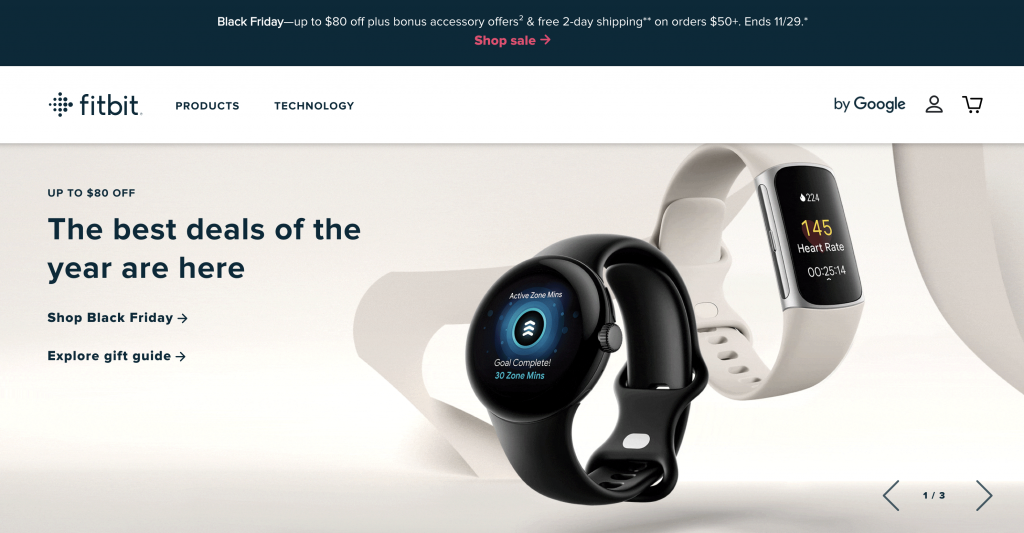
10 Learnings from Fitbit’s Masterful Online Marketing
Let’s have a closer look at the 10 top learnings from Fitbit.
1. Building a Robust Community Through Engagement
Fitbit understood early on that the path to sustained growth in the tech-savvy fitness market was through creating a sense of community. They didn’t just sell a product; they invited users to join a movement. This was accomplished by leveraging forums, social media groups, and challenges within their app, where users could share their achievements, set common goals, and celebrate each other’s success. The takeaway for marketers is clear: build a platform where your customers can connect, and they will become your most vocal advocates.
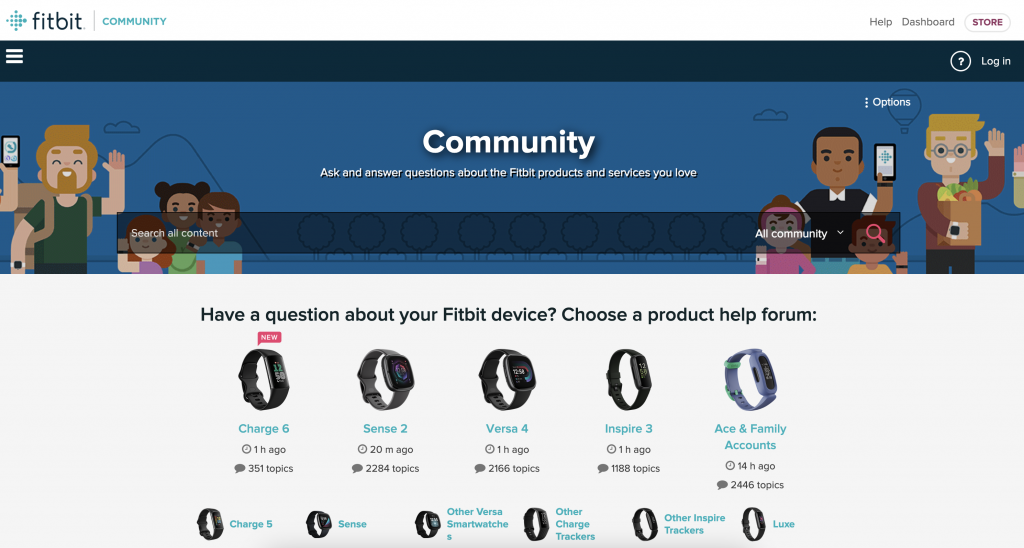
Community Campaign: The Fitbit Challenge Series
One of Fitbit’s most engaging campaigns was its “Fitbit Challenge Series,” which leveraged the power of community to boost user engagement and brand loyalty. This campaign encouraged users to participate in various fitness challenges, competing against themselves and others. Participants could join global challenges or create personalized ones with friends and family, fostering a sense of camaraderie and motivation.
The success of this campaign was evident in the surge of user interaction on social media, where participants shared their progress, celebrated achievements, and even formed informal support groups. Fitbit tapped into this organic community-building by featuring real participant stories in their marketing content, further solidifying the sense of belonging among users. This case study demonstrates the effectiveness of community-driven campaigns in creating an engaged and loyal user base.

2. Harnessing Data to Personalize and Empower
Fitbit’s approach to data and personalization is a cornerstone of its marketing strategy. By collecting a vast array of data points – from step count and heart rate to sleep patterns – Fitbit gains insights into individual user behaviors and preferences. This data is then used to craft personalized messages and recommendations, making each user’s experience unique.
For example, Fitbit sends personalized weekly and monthly progress reports to users, highlighting their achievements and areas for improvement. These reports are not just numbers; they’re tailored narratives of the user’s fitness journey, encouraging continued engagement with the product. Furthermore, Fitbit uses this data to inform product development, ensuring that new features and updates are in line with user needs and trends.
Additionally, Fitbit’s data-driven approach extends to its marketing campaigns. By analyzing user engagement data, the company identifies the most effective channels and content types for different user segments, optimizing its marketing efforts for maximum impact and ROI.
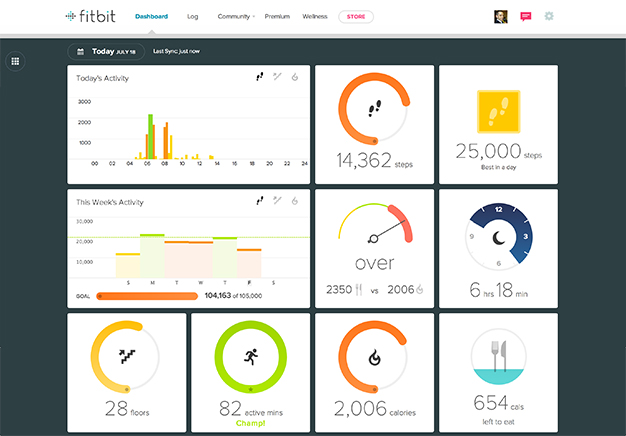
3. Leveraging Social Proof: The Miami Marathon and Beyond
Fitbit has effectively harnessed the power of social proof in its marketing strategies, notably through events like the Miami Marathon. Organized and sponsored by Fitbit, this event serves as a testament to the brand’s commitment to fitness and community. Runners, adorned with their Fitbit devices, not only participated in the marathon but also shared their experiences across social media platforms. These posts, often accompanied by images of participants crossing the finish line with their Fitbit trackers, became powerful endorsements of the brand’s role in their fitness journey.
But the impact of such events goes beyond the race day. Fitbit strategically uses this user-generated content in its marketing collateral – from social media posts to email newsletters – showcasing real people achieving real fitness goals. This approach not only validates the product’s effectiveness but also builds a narrative around the brand being an integral part of a larger fitness community.
Furthermore, Fitbit has capitalized on these events to gather and share compelling data, like the total steps taken by all participants or average heart rates, which not only adds a layer of fun competition among users but also demonstrates the practical application of Fitbit’s features in tracking fitness.
By actively promoting and participating in such community-centric events, Fitbit not only solidifies its position as a fitness authority but also harnesses the compelling power of social proof, turning customers into brand ambassadors.

4. Strategic Influencer Collaborations
Fitbit’s marketing acumen shines in its strategic partnerships with influencers who resonate with its brand ethos. A prime example is their collaboration with health guru and lifestyle coach Jillian Michaels. Known for her impactful fitness programs and a vast following of health-conscious enthusiasts, Michaels’ endorsement of Fitbit products underscores the brand’s commitment to inspiring healthy lifestyles. By leveraging her influential voice, Fitbit taps into a ready-made audience, gaining credibility and reach. Michaels’ use of Fitbit to track her workouts provides a genuine showcase of the product in action, illustrating its utility in achieving fitness goals. This partnership exemplifies how the right influencer can amplify a brand’s message, connecting with audiences through shared values and trusted recommendations.
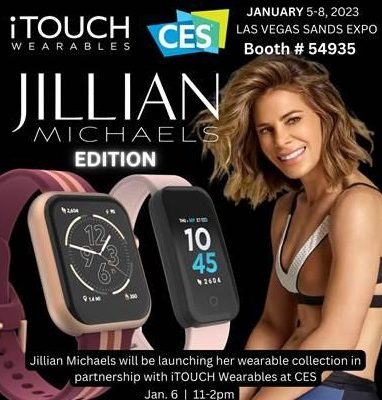
5. Seasonal and Trigger-based Campaigns
Fitbit’s knack for tapping into the collective pulse is evident in its seasonal and trigger-based campaigns, which align perfectly with consumer mindsets at strategic times of the year. Take, for instance, their “New Year, New You” campaign, which capitalizes on the universal surge in fitness resolutions. By offering special discounts on their trackers and promoting the campaign across social channels at the turn of the year, Fitbit not only sees a spike in sales but also in community engagement as users share their New Year health goals. This initiative teaches marketers the power of timing and relevance—by aligning product promotions with seasonal events and consumer triggers, brands can ride the wave of heightened intent and convert it into tangible business results.
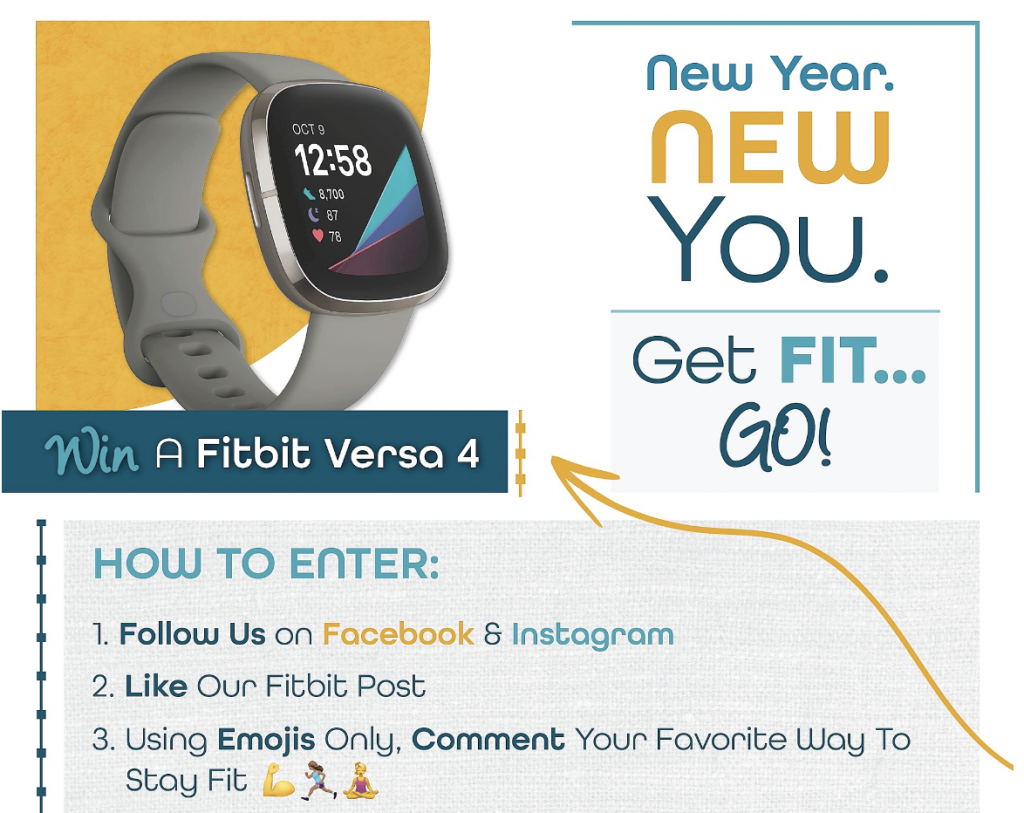
6. Content is King, and Context is Queen
Fitbit’s prowess in content marketing is a testament to their understanding that valuable content drives engagement. An example of this is their “Fitbit Wellness Report” campaign. This initiative offers users a personalized, comprehensive report on their yearly fitness activities and health metrics. By delivering this content at the year’s end, Fitbit not only provides insightful reflections to users but also creates a contextual touchpoint that encourages users to set new health goals. This strategy highlights the importance of not just creating quality content but also delivering it in a context that resonates with and adds value to the audience’s life. It’s a powerful lesson in using contextually relevant content to deepen customer relationships and foster brand loyalty.

7. Multi-Channel Marketing Integration
Fitbit’s marketing excellence is further exemplified in its integration across various channels. The brand seamlessly connects its message and campaigns across social media, email, web content, and in-app notifications, creating a cohesive and omnipresent brand experience. This multi-channel approach ensures that whether a customer is scrolling through Instagram, checking their email, or using the Fitbit app, they are consistently engaged with the brand’s messaging.
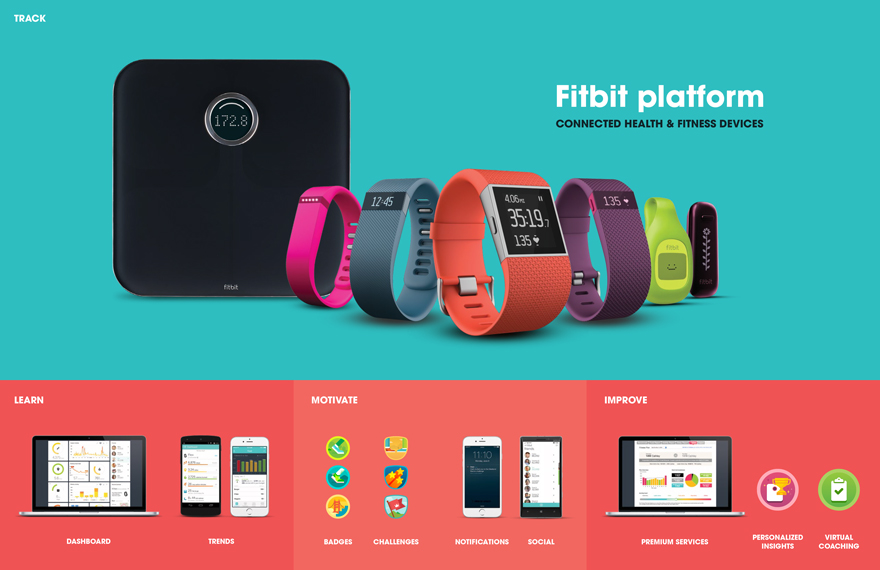
8. Focus on Customer Success Stories
Fitbit’s marketing resonates deeply through its focus on authentic customer success stories. One such inspiring narrative is that of Megan, a Fitbit user who managed to significantly improve her heart health within months of using the product. Megan’s journey, featured in Fitbit’s marketing campaigns, detailed how the continuous heart rate tracking and activity reminders helped her make healthier lifestyle choices, leading to a notable decrease in her risk of heart disease.
This story was not just a testament to the product’s effectiveness but also a powerful demonstration of Fitbit’s impact on real people’s lives. It showcased how data-driven insights from a wearable device could translate into life-changing health benefits. By sharing Megan’s journey, Fitbit highlighted the human element of its technology, making it relatable and aspirational for the audience. This approach underlines the importance of narrative in marketing—by focusing on real, relatable user experiences, Fitbit reinforces the tangible value of its products, fostering trust and inspiring potential customers. Megan’s story, among others, helps Fitbit learn the significant role of emotional connection in customer engagement and brand loyalty.
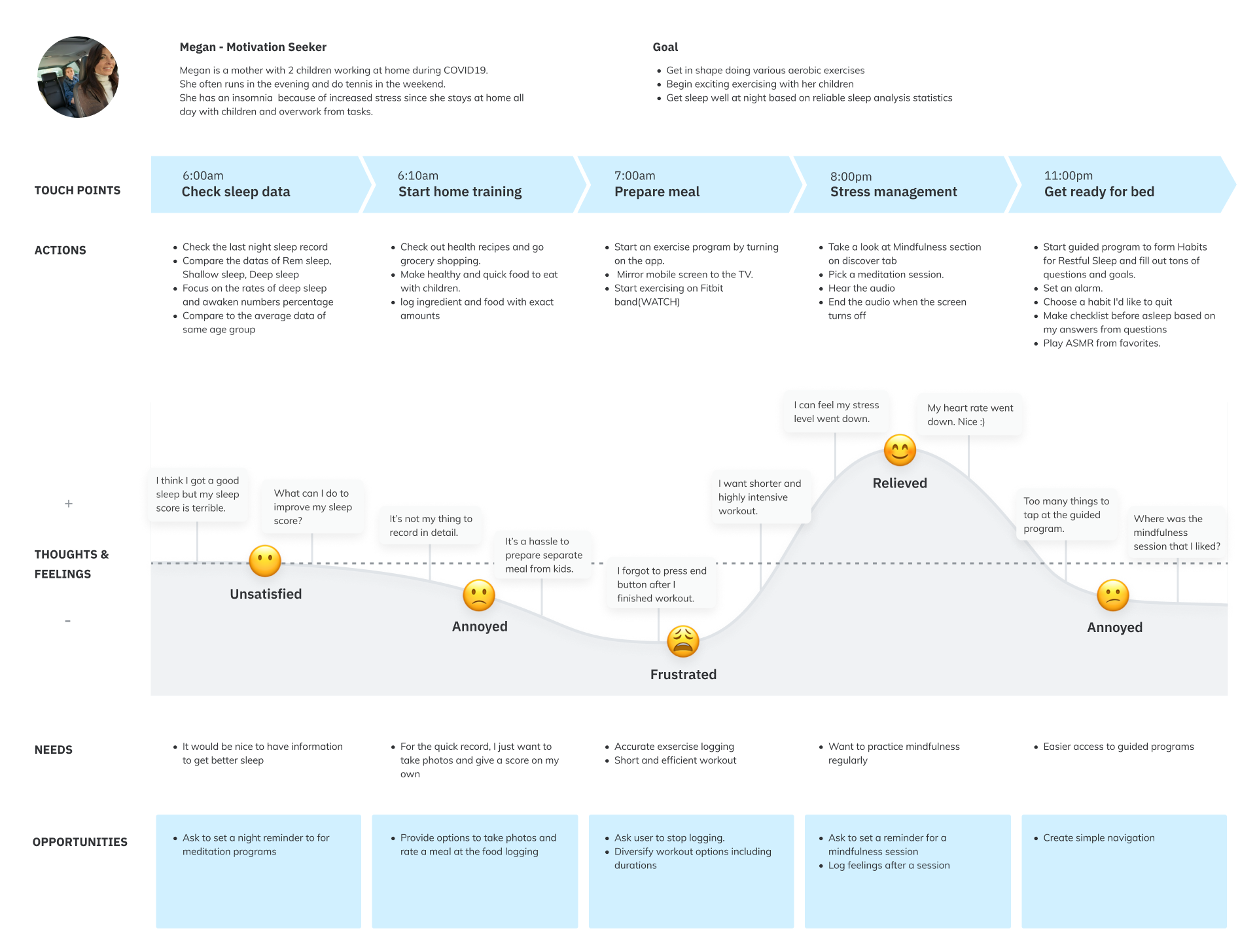
9. Leveraging Emerging Technologies
Always on the cutting edge, Fitbit continuously explores emerging technologies to enhance its marketing strategies. This includes utilizing augmented reality (AR) for virtual try-ons of their products, providing a unique and interactive shopping experience. Such innovative use of technology not only sets Fitbit apart from its competitors but also creates an engaging and memorable brand experience.
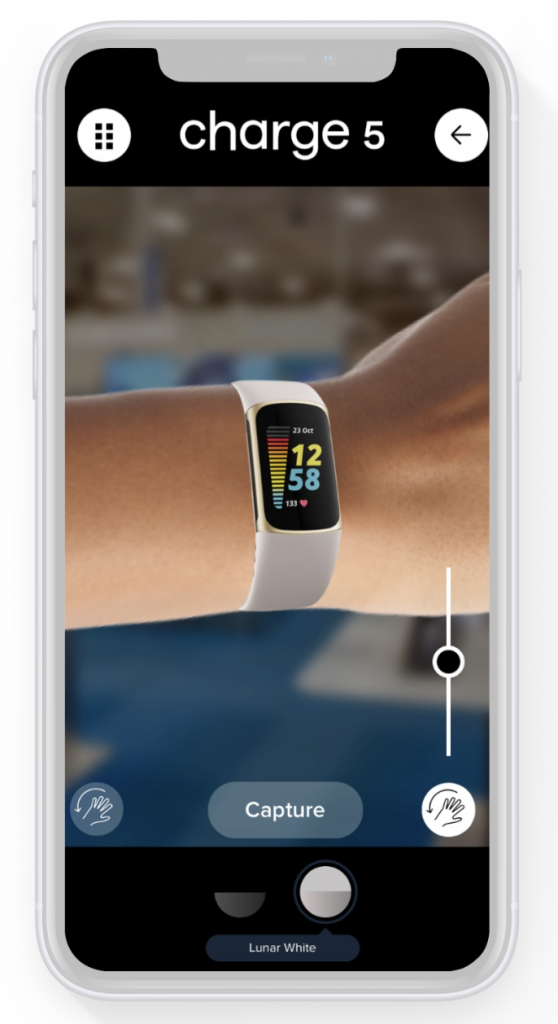
10. Sustainability and Corporate Responsibility
Recognizing the increasing importance of sustainability, Fitbit incorporates eco-friendly practices and corporate responsibility into its marketing narrative. This approach not only appeals to the environmentally conscious consumer but also aligns with the brand’s overall health and wellness ethos. By promoting these values, Fitbit strengthens its brand identity and fosters a deeper connection with its audience.
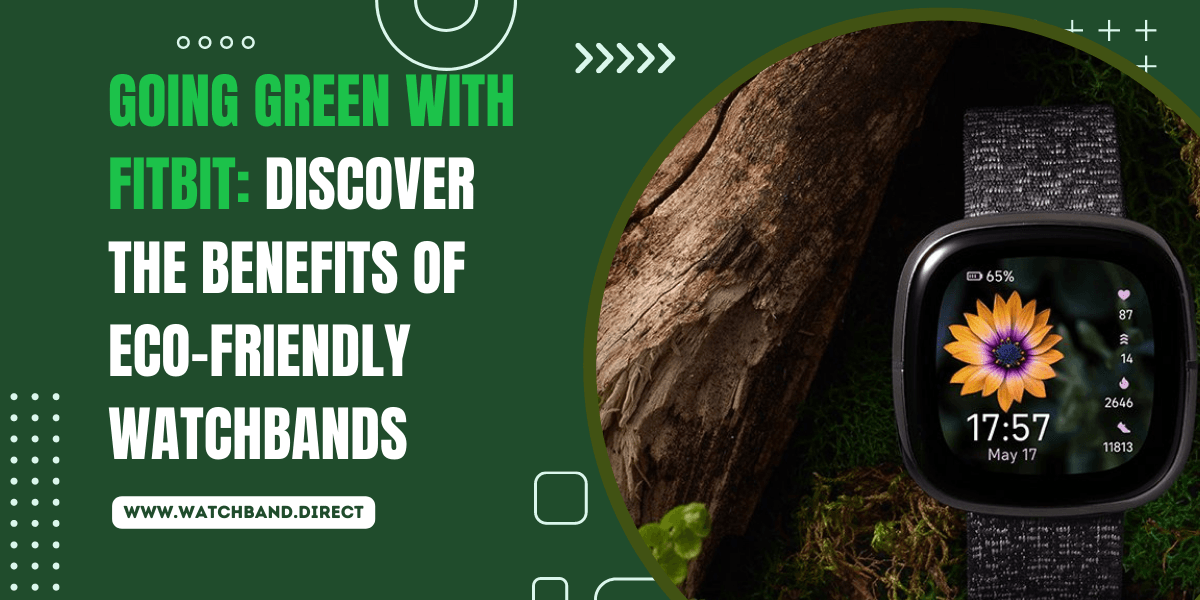
Google’s Acquisition of Fitbit – A Game-Changer in the Wearable Market
The acquisition of Fitbit by Google in 2021 marked a significant shift in the wearable technology landscape. This move not only underscored the value of health data in the tech industry but also positioned Fitbit for a new phase of innovation and growth. With Google’s vast resources and technical prowess, Fitbit gained an edge in research and development, potentially leading to more advanced health features and integrations with Google’s ecosystem of services and devices.

This acquisition raised the stakes in the wearable market, prompting competitors to accelerate their own innovations. It also sparked discussions about data privacy and the future of health technology. While it’s still early to gauge the full impact of this acquisition, initial indications suggest that Fitbit, under Google’s umbrella, is poised to expand its reach and influence significantly, potentially bringing more sophisticated health-tracking capabilities to a broader audience.

The Ripple Effect – Competitors Inspired by Fitbit
Fitbit’s early success in the wearable market did not go unnoticed by competitors. Its initial products set a benchmark in the industry, combining functionality with user-friendly design, which became a blueprint for other companies entering the space. Major tech players and startups alike drew inspiration from Fitbit’s approach to wearable design and its focus on health and fitness tracking.
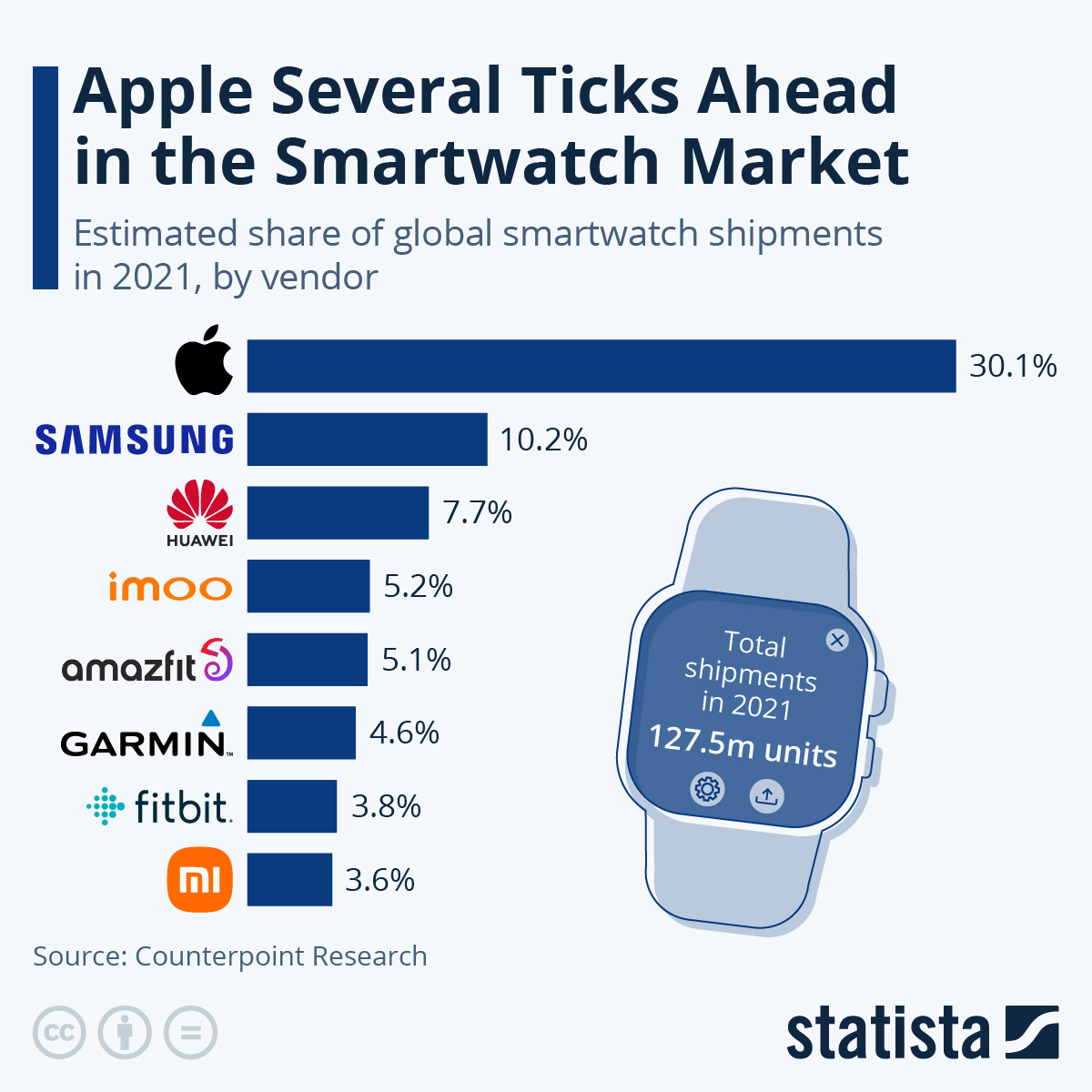
Companies like Apple, Samsung, and Xiaomi introduced their own versions of health-focused wearables, each adding their unique features and integrations. This competition spurred a rapid evolution in the wearable tech market, leading to more choices for consumers and advancements in health monitoring technologies. Fitbit’s pioneering work played a crucial role in shaping the industry, demonstrating the potential of wearables not just as fitness trackers but as integral tools for health and wellness.
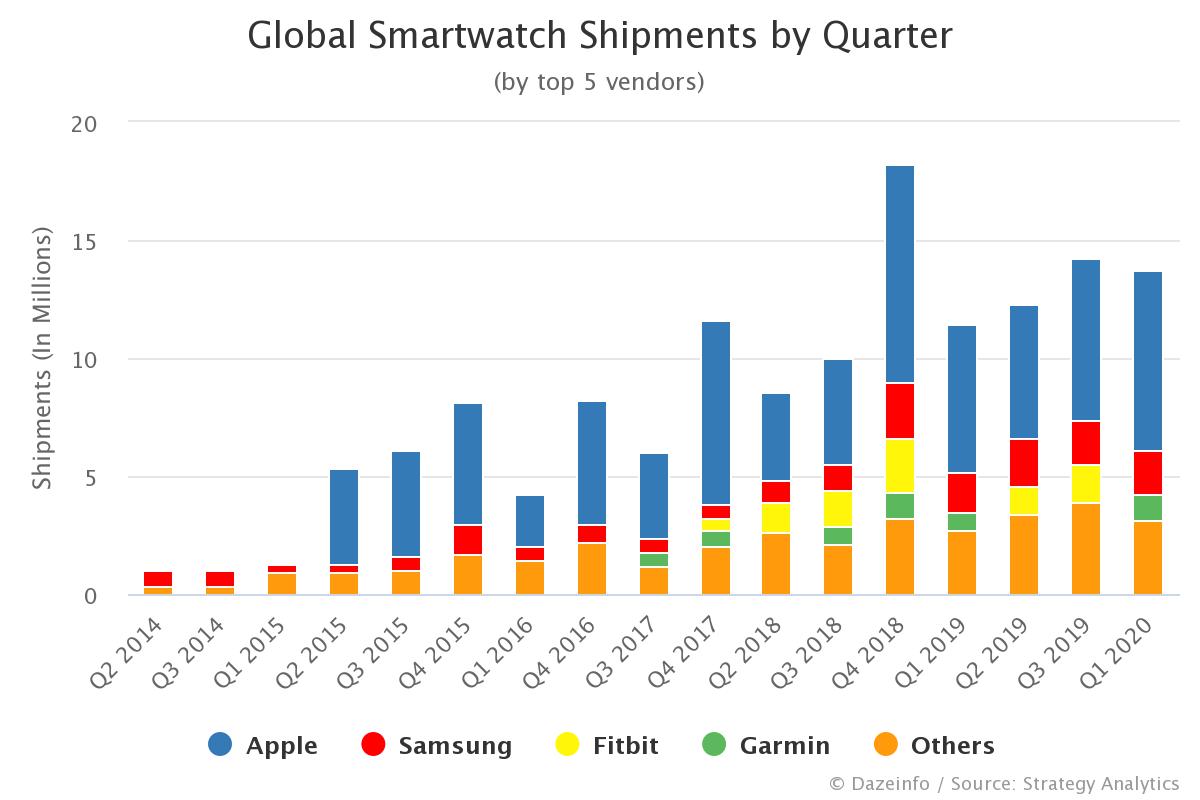
Conclusion: Navigating the Future with Lessons from Fitbit
As we’ve explored, Fitbit’s journey in the wearable tech market offers a treasure trove of insights for marketers in the e-commerce and consumer product sectors. From pioneering innovative marketing strategies to navigating significant industry shifts, such as Google’s acquisition, Fitbit’s story is one of resilience, adaptability, and constant evolution.
Fitbit’s ability to craft compelling narratives, leverage data for personalized experiences, and embrace emerging technologies has not only carved out its market dominance but also set the bar high for its competitors. The brand’s influence extends beyond its products, inspiring industry-wide advancements and setting new standards in health technology.
The acquisition by Google presents new horizons for Fitbit, potentially amplifying its capabilities and market reach. Meanwhile, the ripples Fitbit created in its early days continue to inspire its competitors, fueling innovation and diversity in the wearable tech space.
For marketers, Fitbit’s story is a lesson in the power of understanding and engaging with your audience, the importance of staying ahead in technology, and the value of adaptability in an ever-changing market landscape. As we move forward, Fitbit’s strategies and responses to new challenges will undoubtedly continue to provide valuable lessons for achieving success in the digital age.